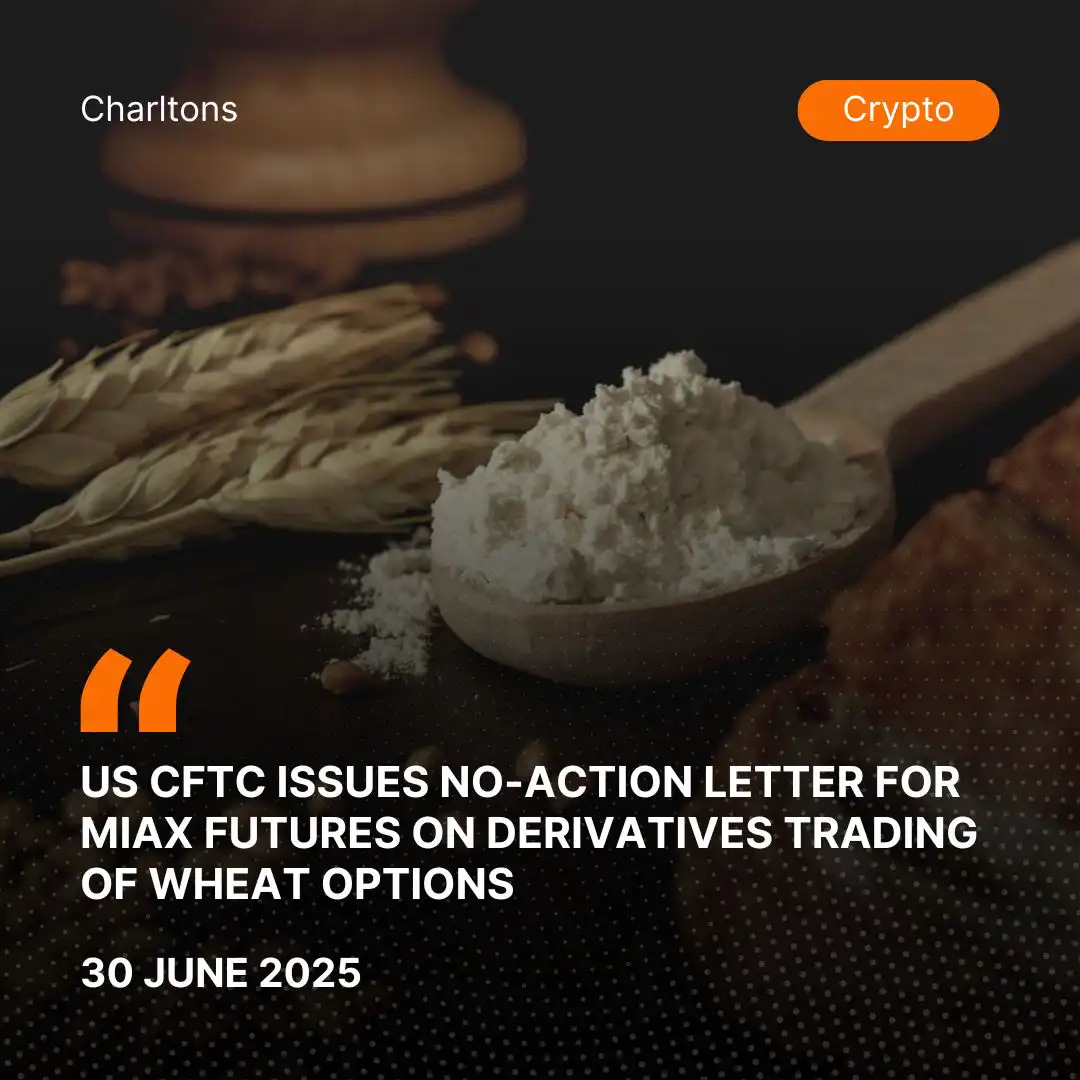The impending implementation of Europe’s Markets in Crypto-Assets Regulation (MiCA) has prompted significant disruptions in the stablecoin sector, with offshore stablecoins facing challenges and exchanges adapting to comply with the new regulatory framework. The move by Seychelles-based exchange OKX to delist Tether (USDT) trading pairs for users in the European Economic Area (EEA) ahead of MiCA’s enforcement signifies a broader trend of regulatory adjustments in the crypto market.
MiCA’s stringent requirements, particularly regarding compliance with electronic money rules and maintaining 1:1 reserves, pose significant challenges for stablecoin issuers, especially those operating outside the European Union. The regulation distinguishes between “significant” and “non-significant” issuers, imposing greater compliance burdens on larger market-cap stablecoins.
Despite short-term disruptions, MiCA is expected to enhance market integrity and investor protection, setting an example for other jurisdictions. The regulation aims to provide legal clarity and certainty while fostering technological innovation through cross-border collaboration within the EU.
While some view MiCA as an opportunity for Europe to rebalance stablecoin dominance and bolster investor confidence, others emphasize the need for regulatory clarity in the US to ensure consumer and business safety in the stablecoin market.
In conclusion, the EU’s MiCA regulation signifies a paradigm shift in the stablecoin landscape, emphasizing market stability and investor protection while encouraging innovation and cross-border collaboration. Despite initial challenges, MiCA has the potential to establish a robust regulatory framework that fosters a safer and more transparent stablecoin ecosystem.





